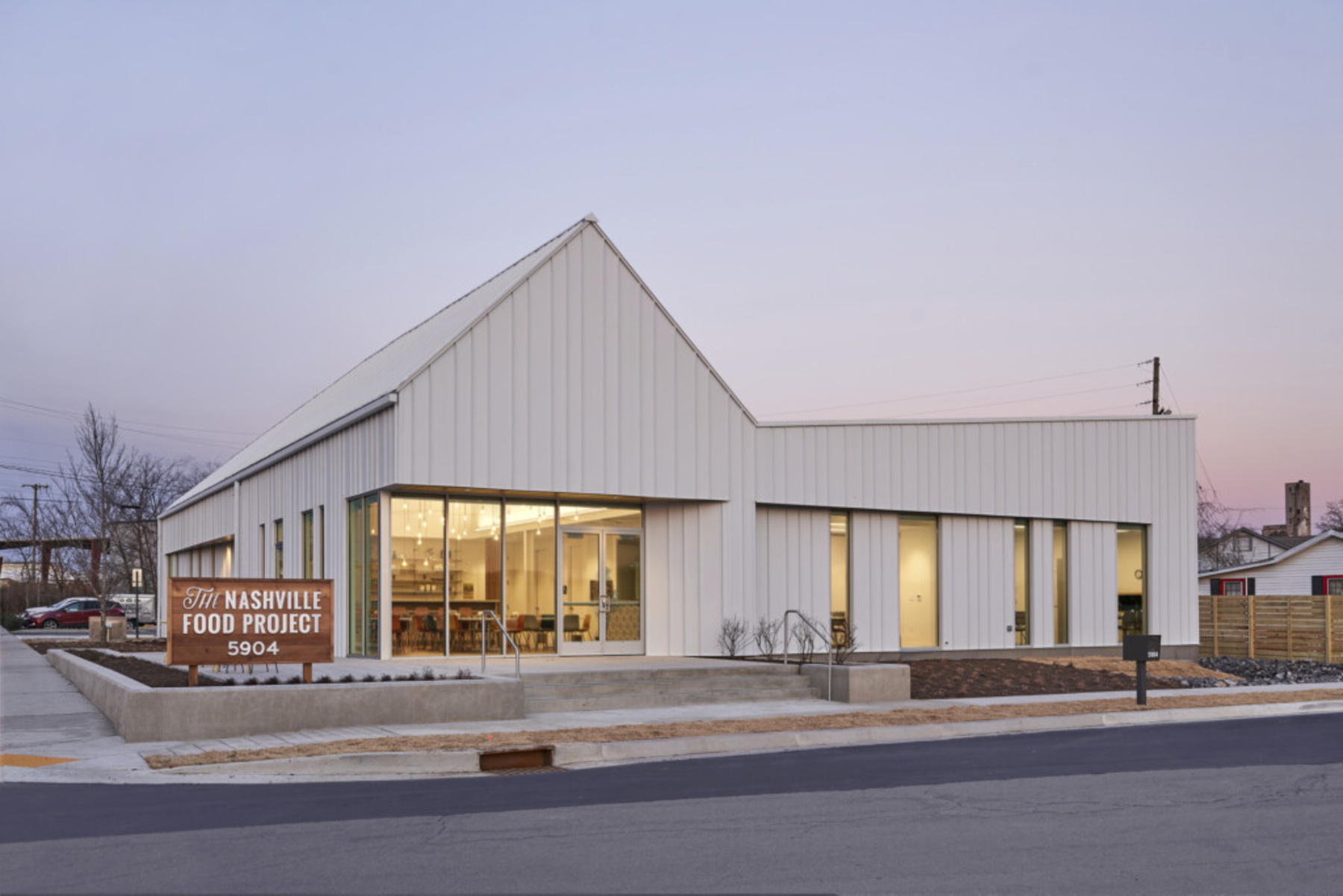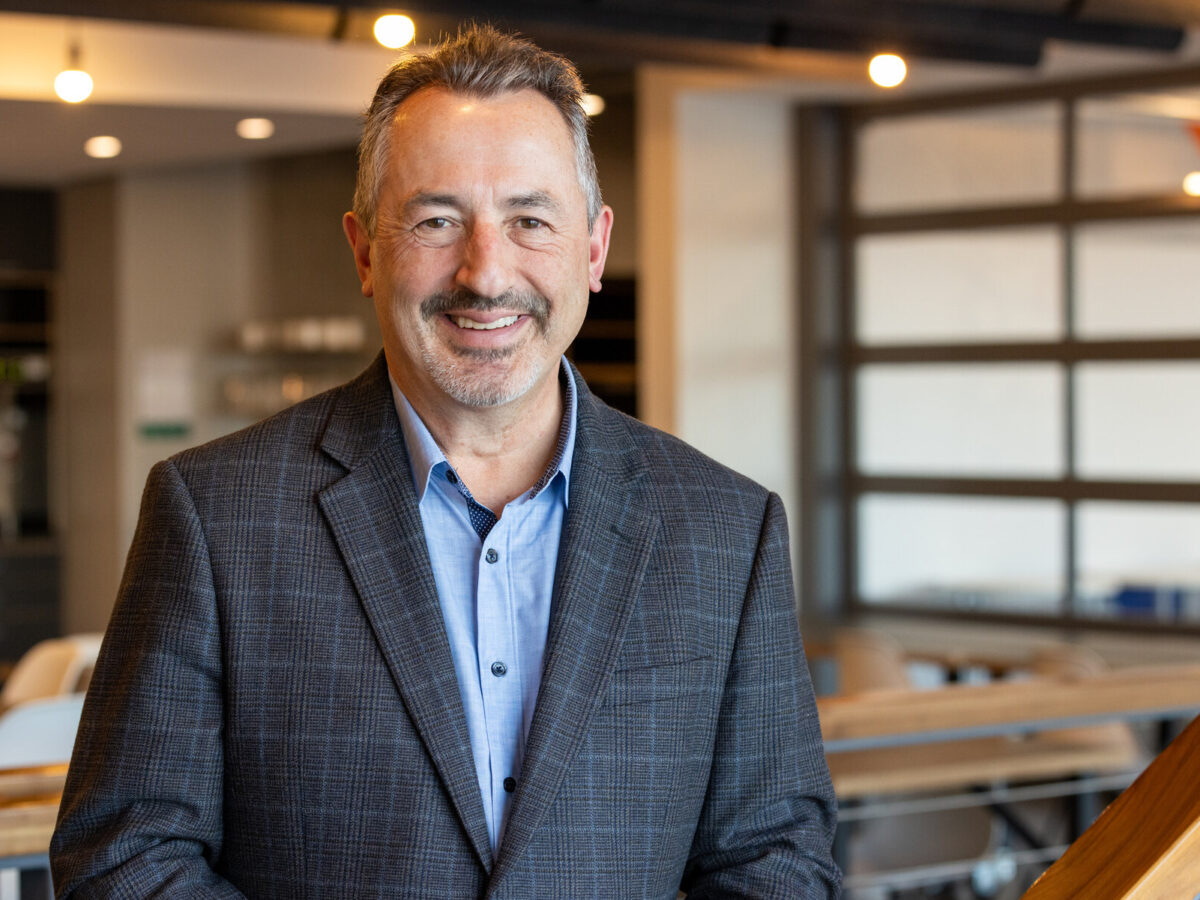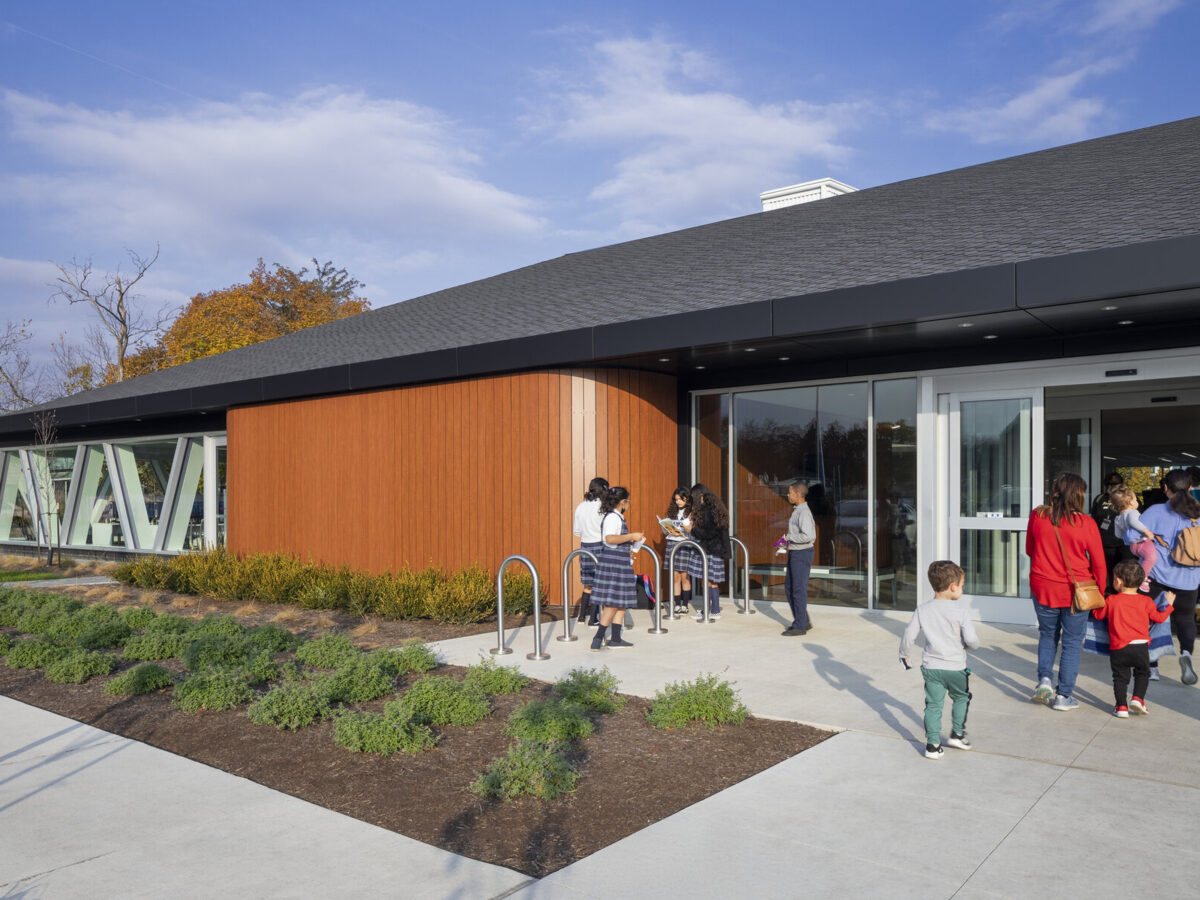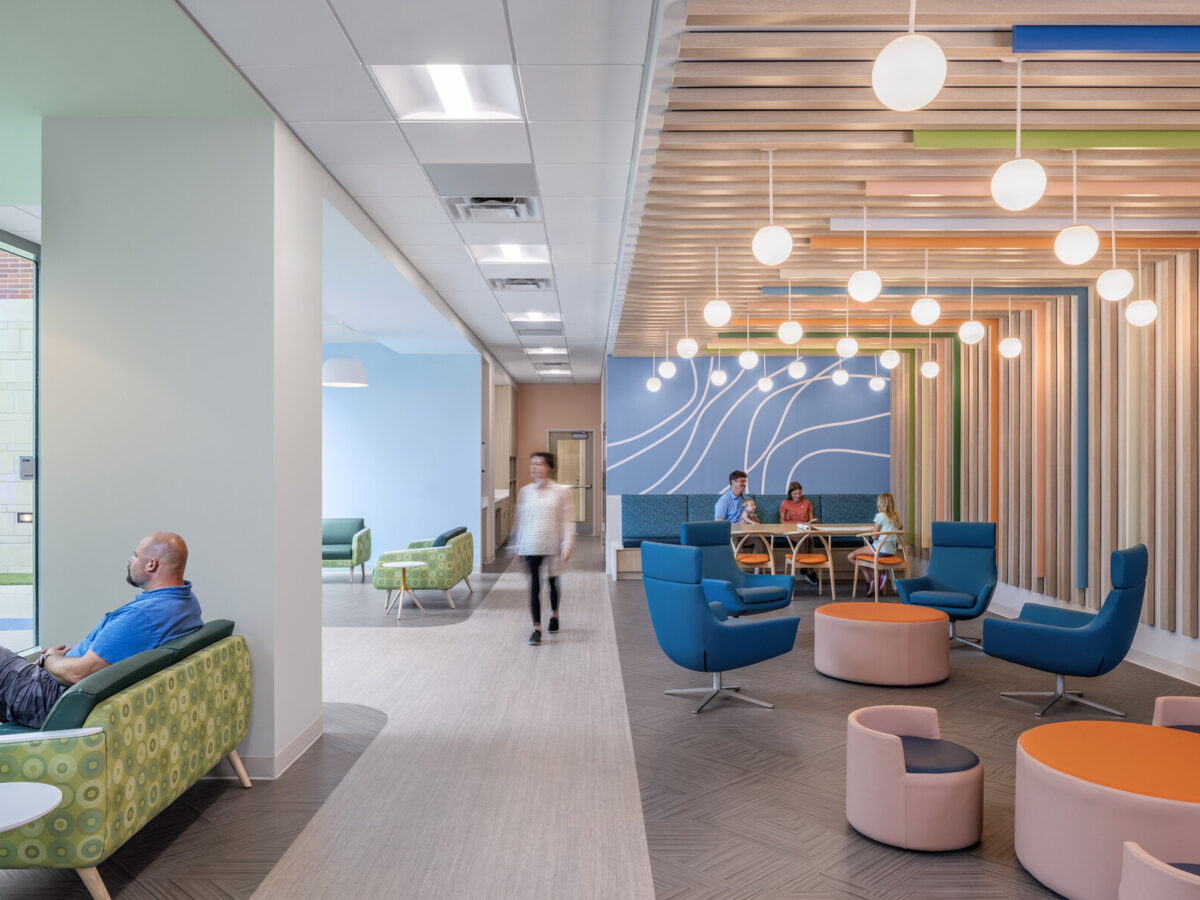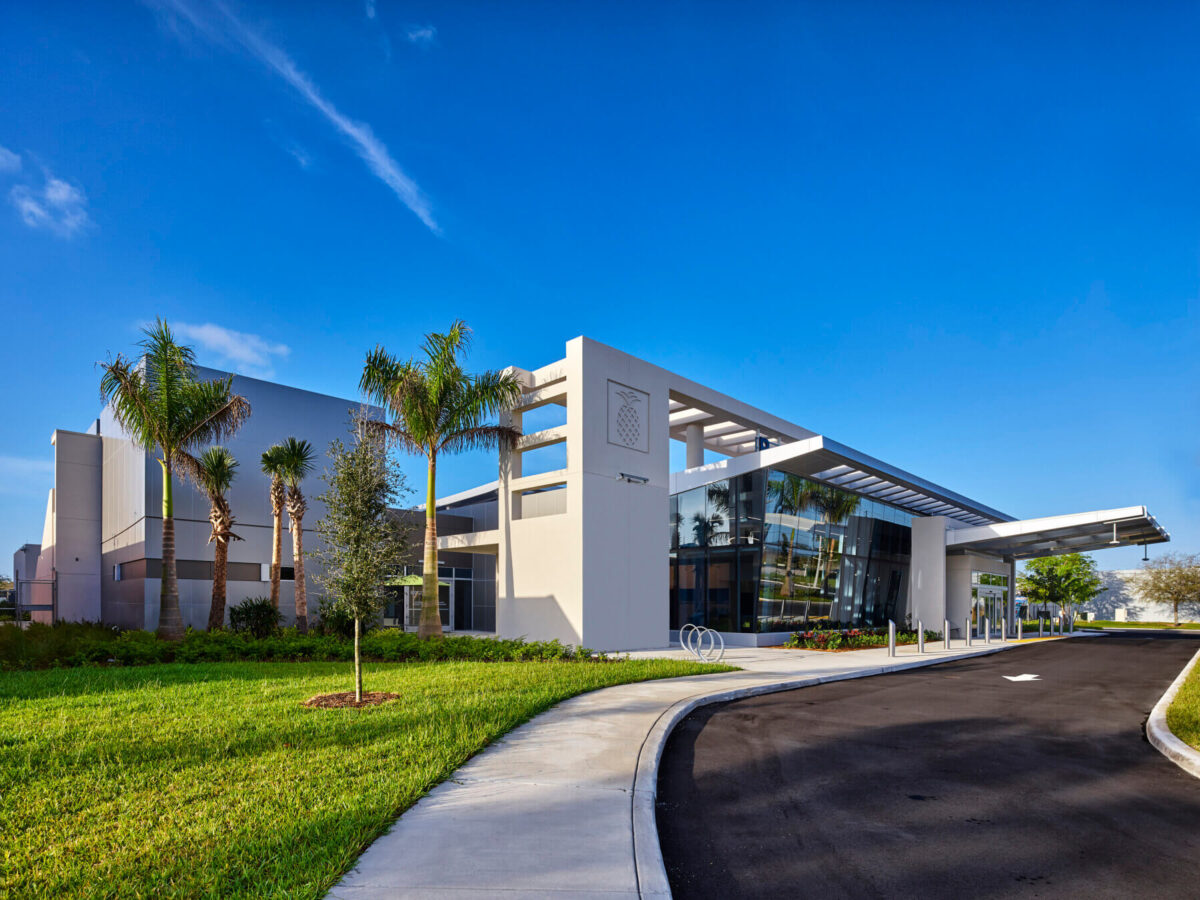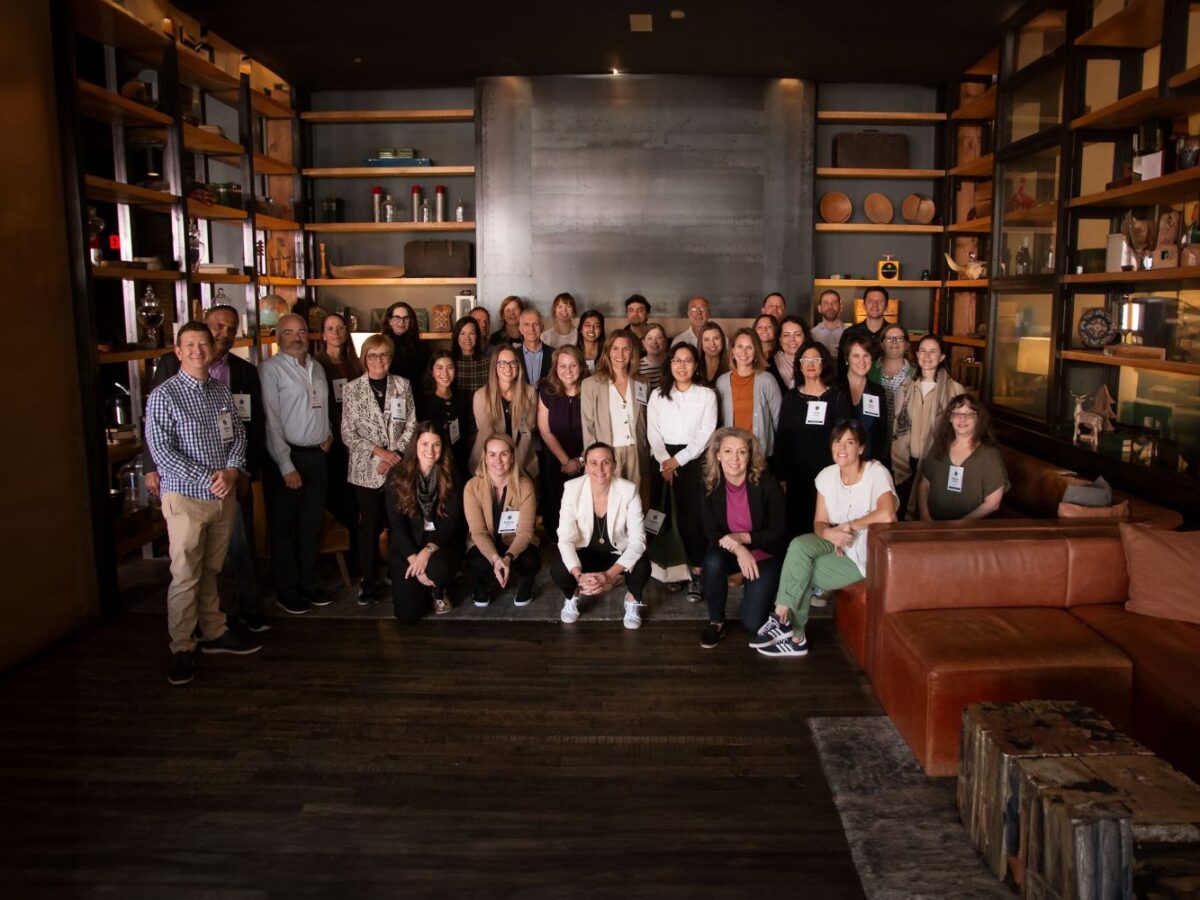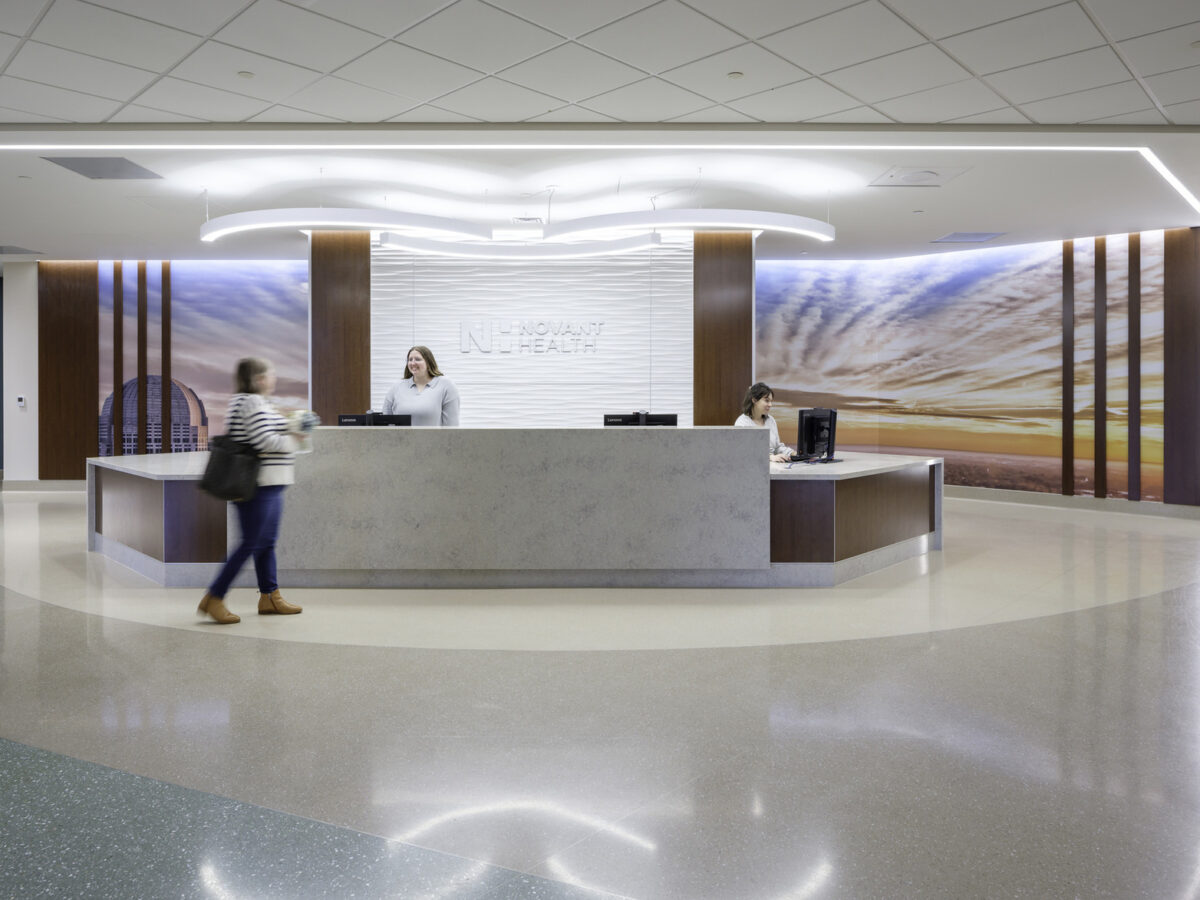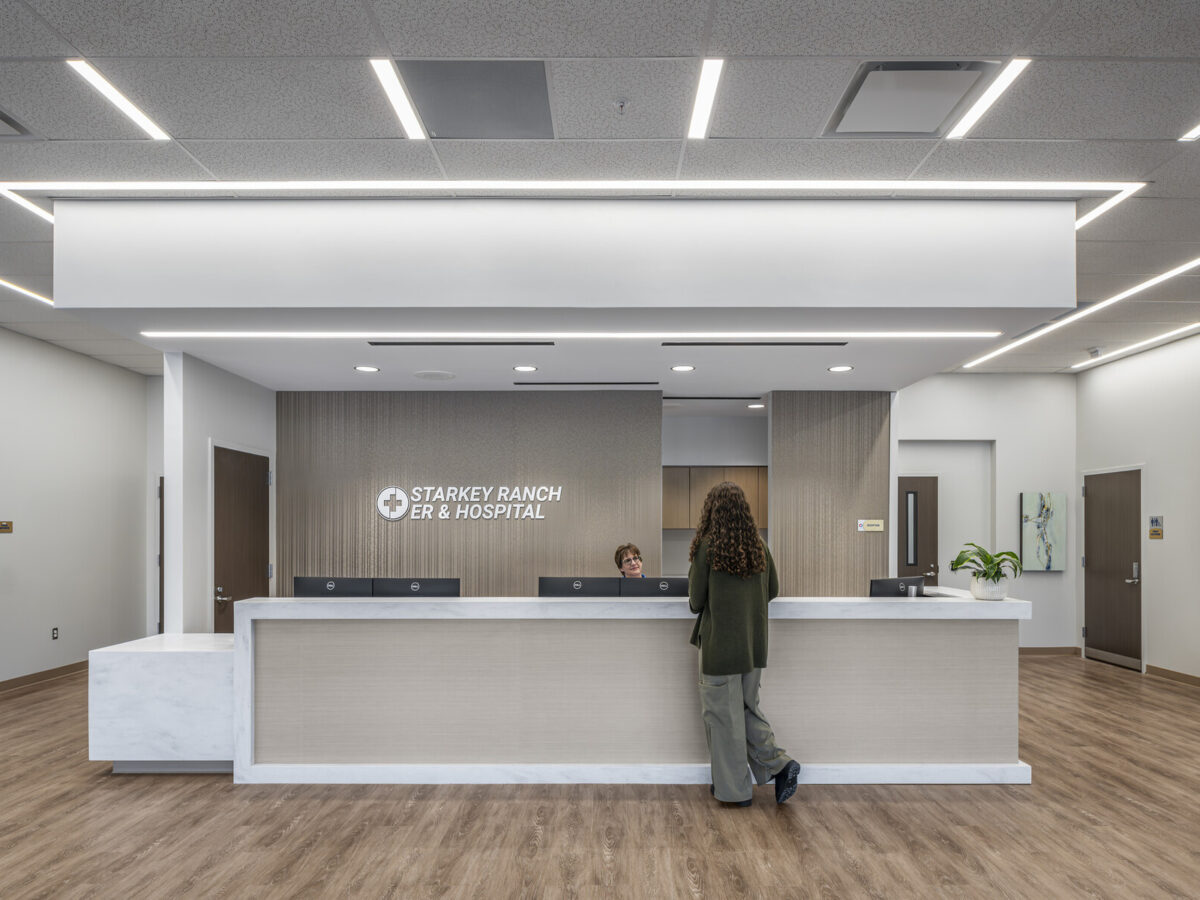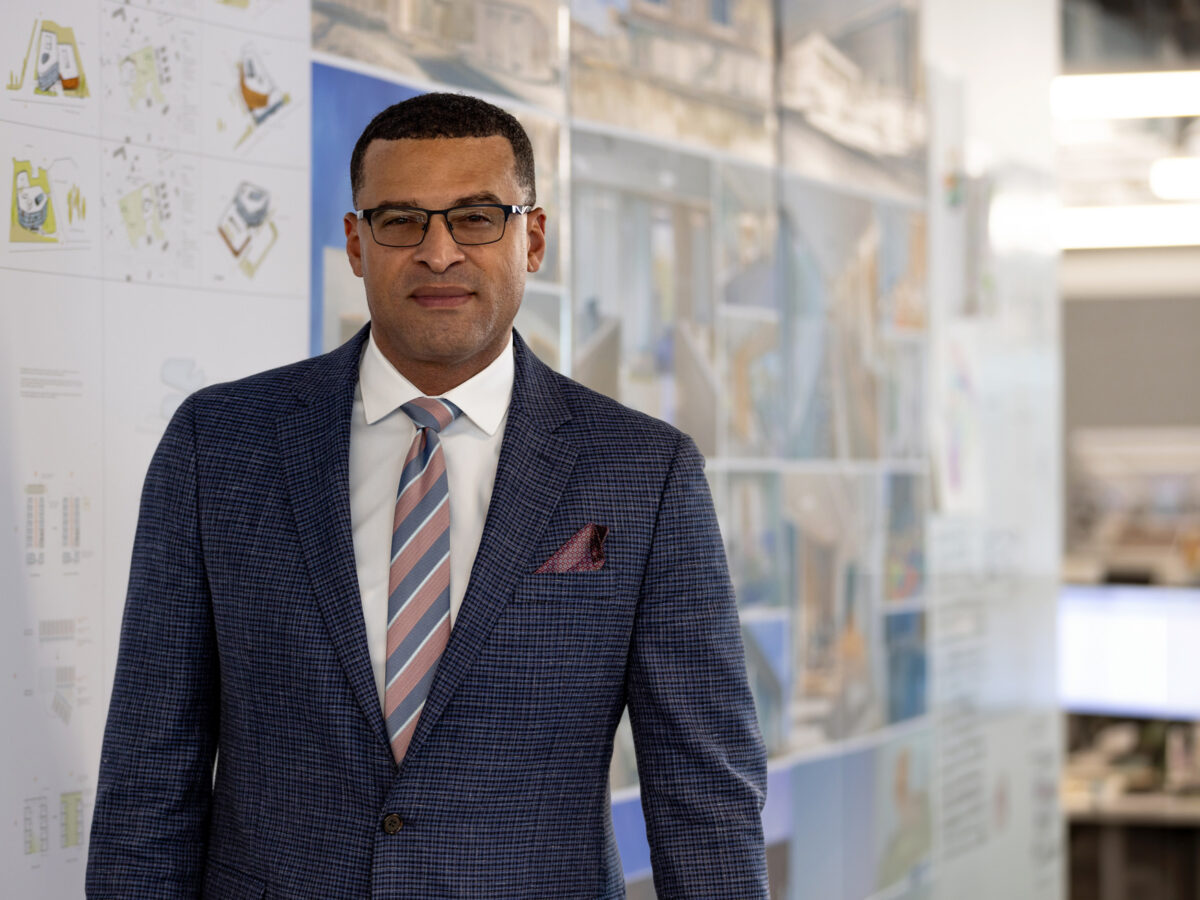The topic of equity and diversity is increasingly making its way into our daily conversations. Given the current political climate in the U.S. as it relates to social justice, global warming, environmental toxins and a slew of other public concerns, many architects, interior designers and engineers are reflecting on a major aspect that environmental design had originally intended to address—social impact.
At the 2022 Greenbuild conference, I was intentional about choosing sessions that focused on how sustainable and environmental design interacts with equitable design. It was interesting to note that out of 102 sessions, 26 were tagged with “social sustainability,” equaling almost a quarter of the week’s focus on equitable design.
Although true sustainability has always been about a balanced attempt to consider the triple bottom line of equity, economics and environment, most sustainability initiatives have focused solely on environmental and economic concerns. However, with the advent of social justice indicators like the International Living Future Institute’s JUST, and green building certifications like WELL and LEED now adding equity rating systems, it’s clear that sustainability no longer just avoids risks, but encompasses an understanding and an effort to correct conditions that can lead to a community’s vulnerability.
The A/E industry at large now has an opportunity to get on board and direct attention toward sustainability + equity by learning what it is, and perhaps most importantly, why it matters.
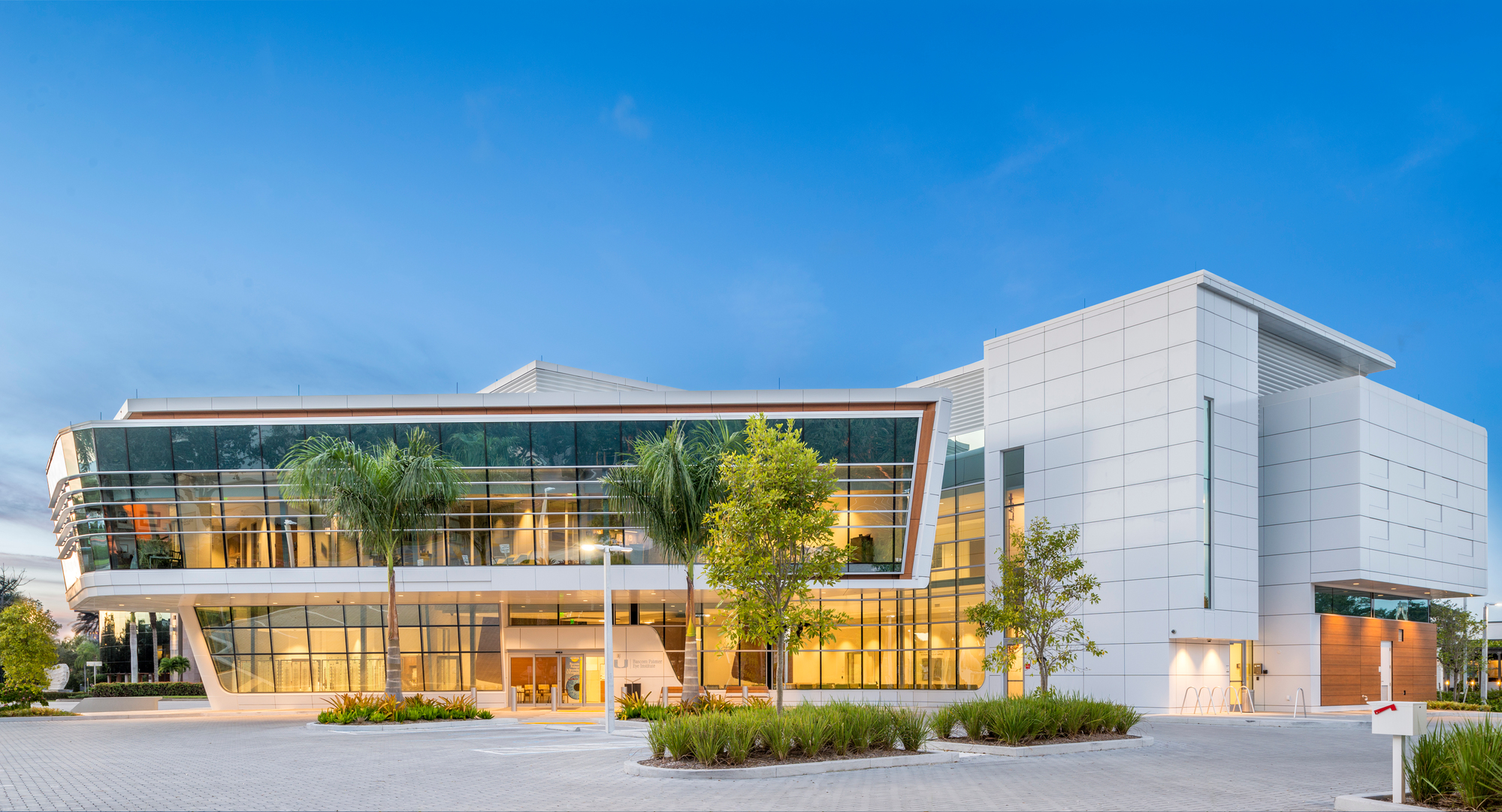
A Call to Action
Equitable design, as the name implies, is centered on creating equity. Its overarching goal is to design for groups that have been historically underrepresented and marginalized, and to address diverse identities, taking into consideration race, ethnicity, nationality, gender, sexuality and abilities. It also helps to differentiate equality, which gives all groups the same resources, from equity, which recognizes that each person is different and allocates the exact resources and opportunities needed for individuals to reach an equal outcome.
As architects, interior designers and engineers, we are called to protect the health, safety and well-being of the public and all those who utilize and experience the built environment. Therefore, the social impacts of our buildings should be one of our first concerns. So, what can we do about it?
Whether you’re an architect, interior designer or engineer, you can begin with what is arguably the “lowest-hanging” task: talk to the client about equitable design options—and talk about them early. A client’s goal to incorporate equitable design principles into a project can not only determine the location of a site but also its orientation, amongst many other important considerations. Our clients can look to us and our expertise to guide them in both research and opportunities when it comes to moving a project forward as equitably as possible. This requires education on the benefits of sustainable design and its positive impacts on the building’s users.
“Talk to the client about equitable design options—and talk to them early.”
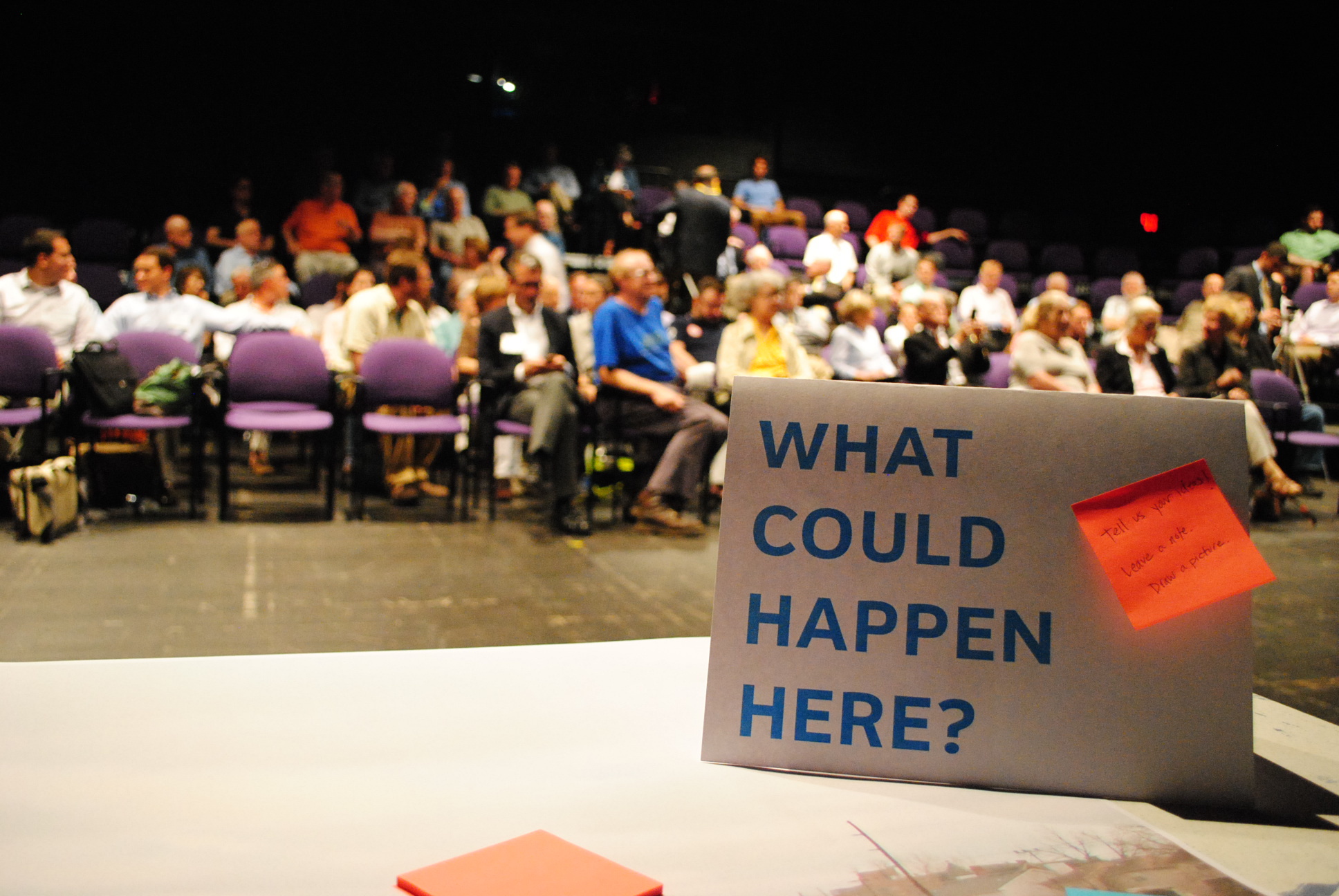
Addressing the project’s equity must also include interacting with its indirect users—aka, the neighbors, municipalities and passersby whose buy-in is critical. We can seek input from these groups in various ways; for example, at neighborhood public engagement meetings or through local jurisdictions’ design committees—both of which give the public an opportunity to learn about a project.
Oftentimes, the design team will receive valuable feedback from these users that can be easily and cost-effectively incorporated into a project if executed early in the design process. Conversely, proceeding without this type of user input can put a project at risk, opening it up to local complaints, dissatisfaction, and even litigation.
All disciplines must have a clear understanding of a project’s equity goals from the onset. Architects and engineers can help the client to unify a community’s interests with the owner’s goals as they apply to sustainability + equity. We can also keep track of these objectives through design check-ins as the project moves forward, and be prepared to take ownership of alerting the stakeholders when decisions start to misalign with goals.
It’s important to note that architects, interior designers and engineers may each address equity in design a little differently as a project progresses through the design phases. We each have the responsibility to bring forth universal design as a general strategy to make a project more equitable, but each discipline can offer unique applications to embrace a community’s cultural diversity, history and values.
The following represent a few ways that architects, interior designers and engineers can respectively help foster equitable design outcomes that will, in turn, help to create equitable, sustainable and thriving communities.
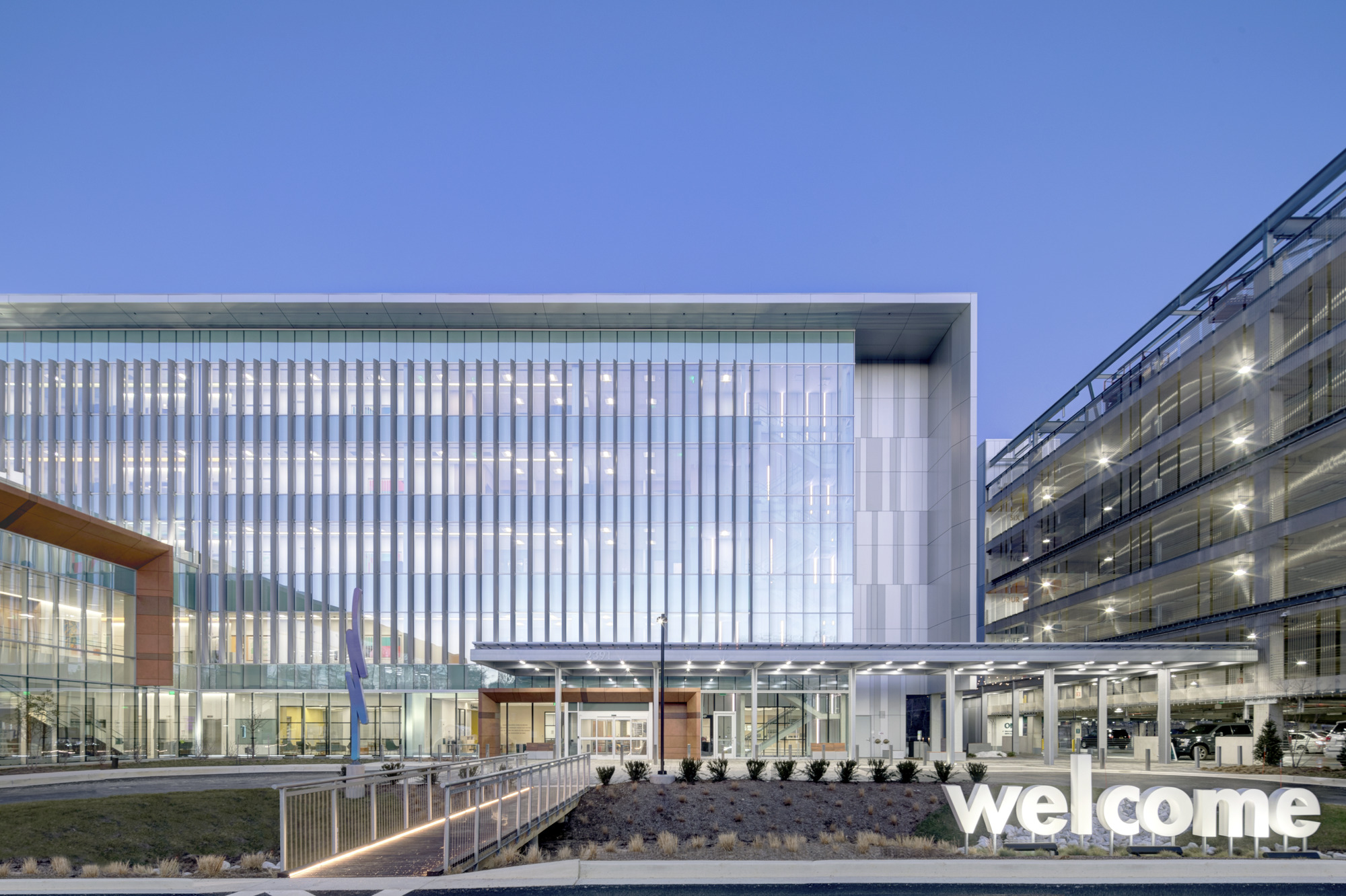
Architects: Prioritizing the Human Experience
A major way that architects can provide a more equitable and sustainable project design is through the use of green spaces at the project site. In underserved communities, available park and green space is often neglected. Even if accommodated on the site, new buildings are often inaccessible to the community due to a lack of sidewalks or bike lanes. Early planning with an engineer and with the local AHJ (Authority Having Jurisdiction) can have a major impact on a building becoming equitably accessible to the community.
While all disciplines are feeling the pinch of lead times and material unavailability on the job site, there may be an opportunity for architects to harness resources that are right next door, so to speak. For example, the artisans and tradesmen they interface with may be able to provide goods and services on local job sites, which will only add to the local community’s pride in ownership of their newly built environment. Forging this connection could also provide an equal and equitable opportunity to those around the project.
In addition to the sustainable building processes that we can familiarize ourselves with through resources such as LEED, a built environment should prioritize the human experience by supporting movement, collaboration and the health of its occupants. This focus on the human experience is at the heart of equitable design.
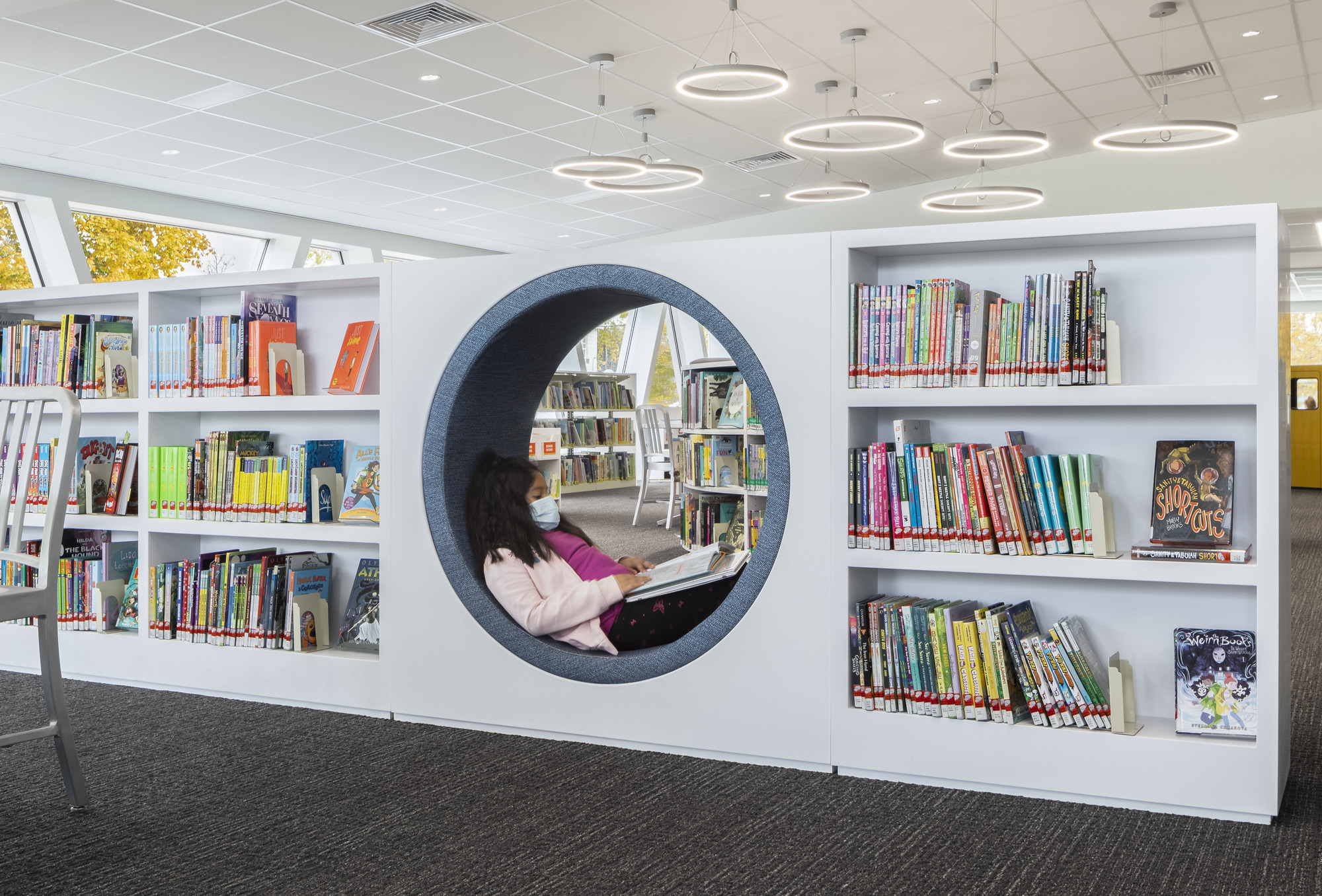
Interior Designers: Space Planning for Diversity
Universal Design is often thought to be interchangeable with equitable design. And while they do work hand in hand, there are differences. Universal Design, for example, is the design of an environment that allows it to be used, to the greatest extent possible, by people regardless of their age, size, ability or disability, and only provides interventions as they relate to those factors. Equitable design, however, is far more nuanced and approaches the design of the built environment with consideration for those who have historically or systematically been marginalized due to factors like race, ethnicity, socioeconomics, gender and sexuality.
An important aspect of accommodating the different user demographics is by space planning for diversity. We can design for those with neurodiversity, for instance, by creating modalities in our design that are connected through a use of seamless transitions in the built environment. Those with hyposensitivities versus people with hypersensitivities, for example, can chose to experience a space as they prefer.
In an environment such as a corporate office, users prefer—and perform best in—environments that accommodate their needs. Those who are hypersensitive require simplicity and calming spaces that allow autonomy and familiarity. While individuals who are hyposensitive need more environmental stimuli to process information. A range of finishes, textures, patterns, lighting and audible stimuli can be designed into a space to accommodate the needs of the user. This ability to choose one’s environment creates personal autonomy and adds to the positive and equitable user experience.
Additionally, biophilic design elements—such as environmental features, natural shapes and forms, and restorative patterns and processes—are among the evidence-based design strategies that reduce stress, improve well-being and health, and expedite healing across the spectrum of diverse identities. Whether the biophilia is experiential or literal, it can be used to create an equitable experience that will refresh any user.
“[The] ability to choose one’s environment creates personal autonomy and adds to the positive and equitable user experience.”
During the design phase on a recently completed project, I was asked by the CEO to quantify how the materials I’d specified for the interiors were both sustainable and equitable. In researching manufacturers and products, I discovered that many of the manufacturers provided diversity, equity, inclusion and belonging initiatives similar to that of Gresham Smith, and have found ways to give back to their local communities through mentorship, scholarships and more.
In contrast, I was able to quickly identify companies that did not offer such initiatives and programs. As we specify products, in the same way that we look for a product’s sustainable attributes, interior designers can look for a product’s equitable attributes by considering how it’s supporting the people who manufactured, transported and installed it, as well as those who use it.
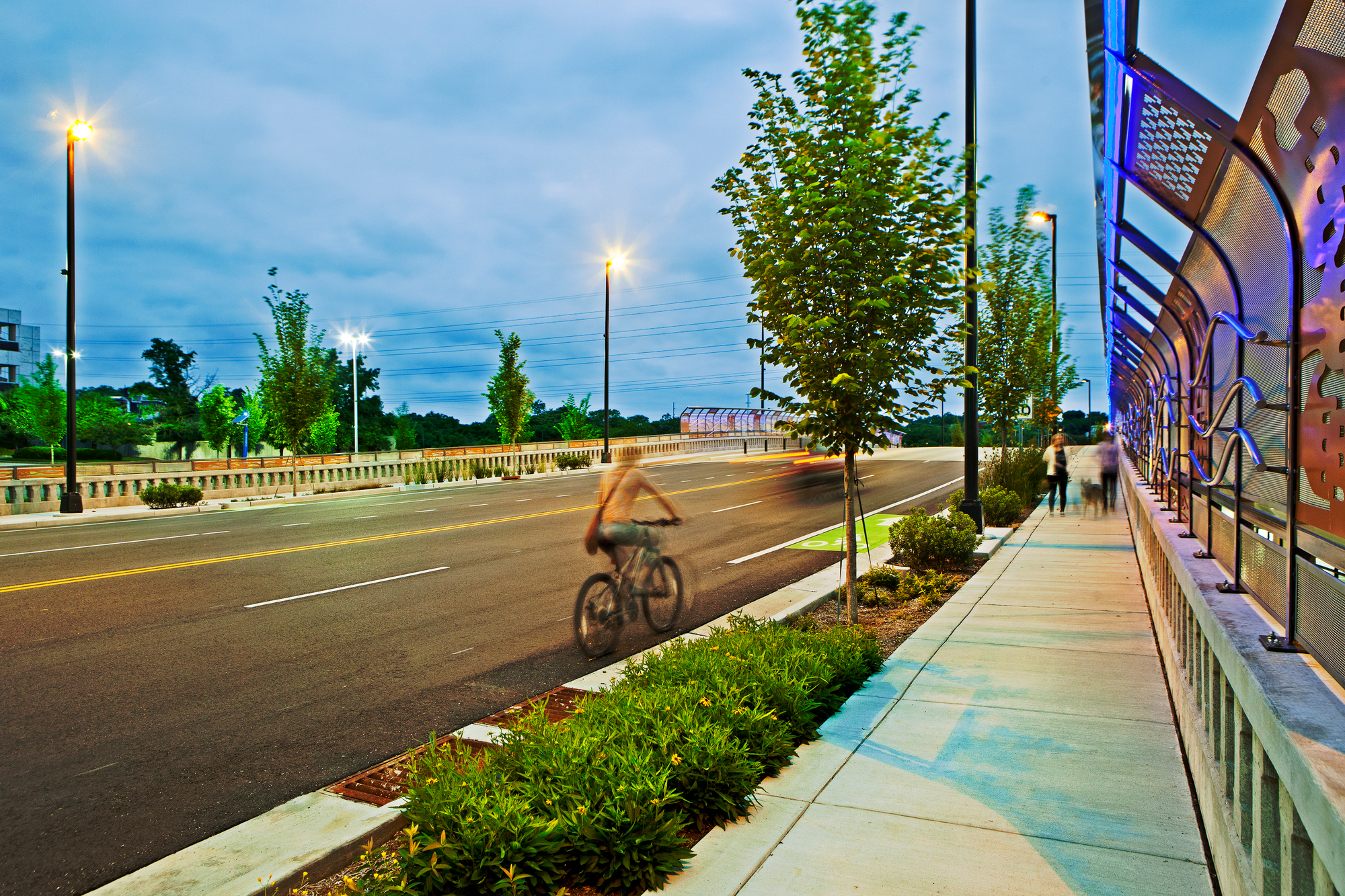
Engineers: Looking for Opportunities
An engineer’s role in equitable design is just as critical as that of the architect and interior designer—though it’s often unseen. Whether it’s planning a Complete Street or specifying lighting, temperature and audio systems, these elements all represent the opportunity to create an environment that allows for a wide range of user preferences and needs.
Systems that are autonomous in nature provide greater satisfaction and better outcomes for the diverse population that will benefit from them. For example, within many office environments, at any given time of year, you’ll find employees bundled up in sweaters yet sitting close to someone with a desk fan that’s pointed directly at them. The equitable solution? A mechanical system that provides both private and collaborative spaces that feature individual controls that create a more positive and productive experience for employees.
When designing these systems, engineers can look for opportunities to implement technologies that consider their lifelong use and necessary upgrades. Though often a premium cost up front, these systems help to analyze use so that adjustments can be made for the benefit of both the users and the building owners. Engineers can also consider the end use of the system and the ease of upgrades. As new technologies are developed and incorporated into the built environment, a low-impact process to both the building occupants and the landfill is our most equitable result.
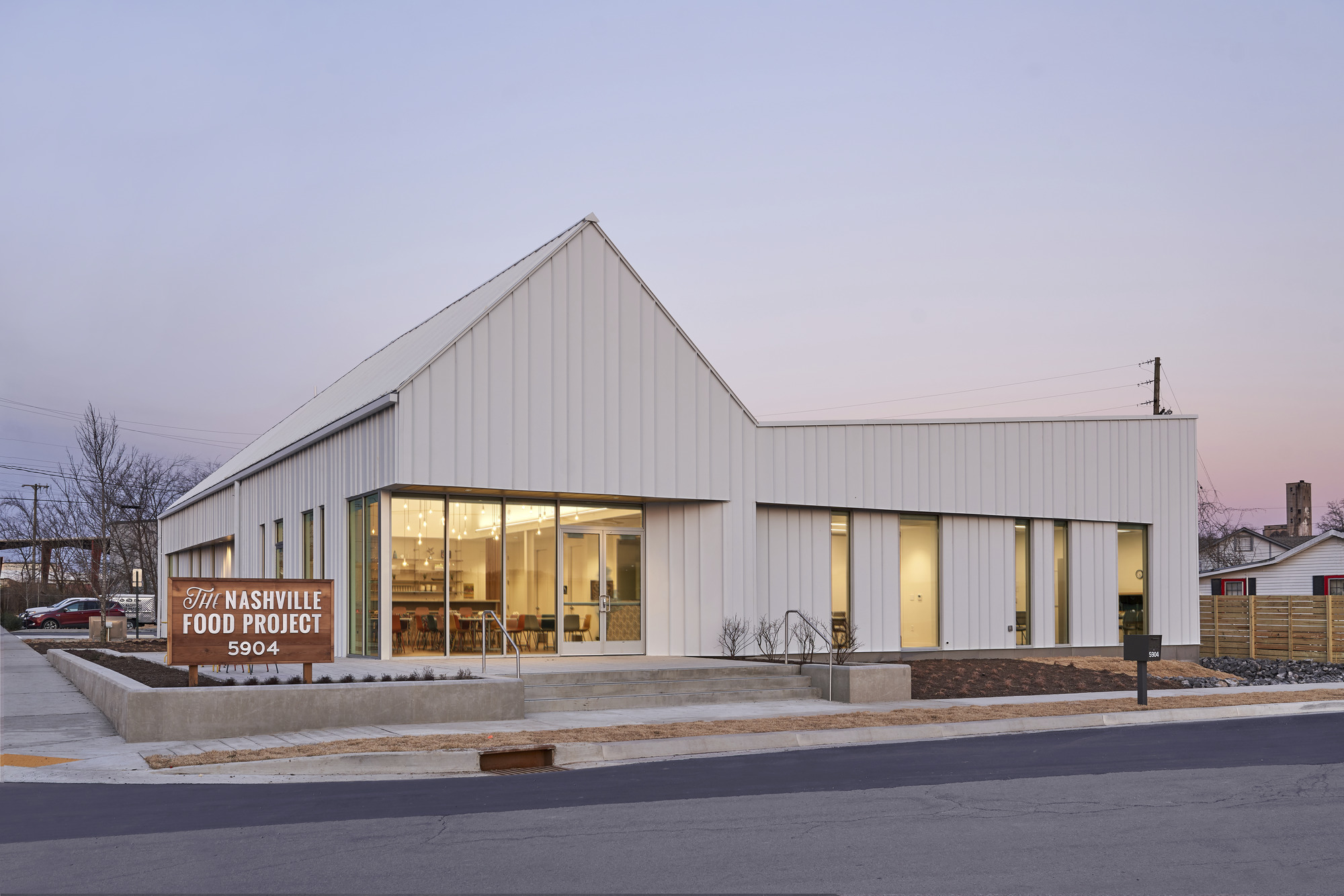
The Empathy Factor
At Gresham Smith, we have the opportunity to view each new project as an equitable one. Many of the aforementioned design strategies, and many that weren’t mentioned, are low cost and low impact to a project, making equitable design increasingly attainable. Our implementations of equitable design can be reviewed and studied through post-occupancy evaluations and user surveys to understand our successes—and even our failures.
Ultimately, through creating and maintaining equitable design goals in projects, we can continue to learn and grow through every project experience, approaching new sites and the people who will use them with curiosity, and perhaps most importantly, with empathy.
